The Future of Woodworking: Jon Billing
Billing loves the process of working with a Japanese adze, and he says it produces “a texture you can’t get with any other tool.”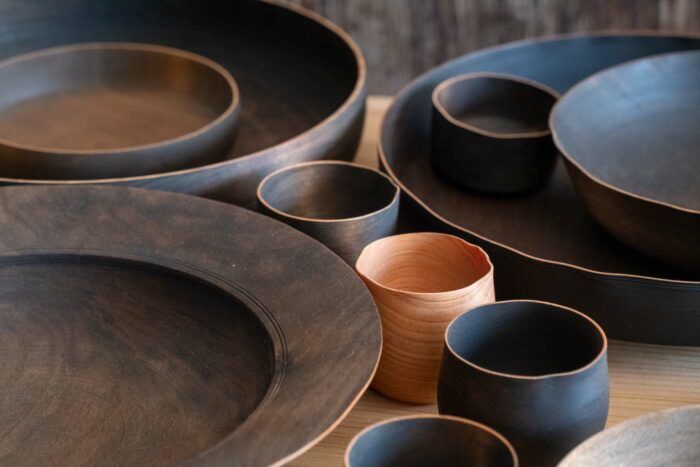
 When Jon Billing moved with his wife from Brooklyn to Japan six years ago, he found work with a company that repairs old timber-frame houses, specializing in the traditional style with posts that rest on stone. His first deep exposure to the tools and techniques of Japanese woodworking had come some years earlier in New York, when he worked on several jobs with Yann Giguere of Mokuchi Studio, and the furniture he made afterward in Brooklyn reflected that experience.
When Jon Billing moved with his wife from Brooklyn to Japan six years ago, he found work with a company that repairs old timber-frame houses, specializing in the traditional style with posts that rest on stone. His first deep exposure to the tools and techniques of Japanese woodworking had come some years earlier in New York, when he worked on several jobs with Yann Giguere of Mokuchi Studio, and the furniture he made afterward in Brooklyn reflected that experience.
In Tokyo, Billing set up a bench in his apartment and worked solely with hand tools, making things “mostly for fun.” But when he found a shared maker space and had access to more room and machines, he began making furniture and bowls again. He discovered that in and around Tokyo there are craft fairs on the weekends, and even small ones had a good turnout of customers. Concentrating on small items like plates, trays, and bowls, he could pack his wares in a suitcase and take the train to a fair.
 |
 |
He found inspiration on his carpentry job that he could apply to his own pieces. His trays, for instance, are contoured with an adze, a tool he had used on the job to apply decorative texture to beams. He explains that the Japanese adze, with its long curved handle and nearly flat blade, is a surfacing tool you use standing with the workpiece between your feet. Billing loves the process, and he says it produces “a texture you can’t get with any other tool.”
 |
 |
Just last year, Billing and his wife, who works for a Japanese nonprofit that deals with climate-change issues, bought a traditional timber-frame house in Tomobe, just north of Tokyo. The 100-year-old house itself was a big draw, but so was the outbuilding behind it, where Billing now has his first-ever freestanding, solo workshop.
Flavors of the lathe
Billing roughs out the interior of his plates on the lathe, then adds texture with gouges at the bench. His delicate bowls are turned very thin from dried wood. To simulate the warping of green wood as it dries, Billing brushes them with water, then applies a heat gun. To hold the indentations while the wood dries, he winds rope around the rim.
 |
 |
 |

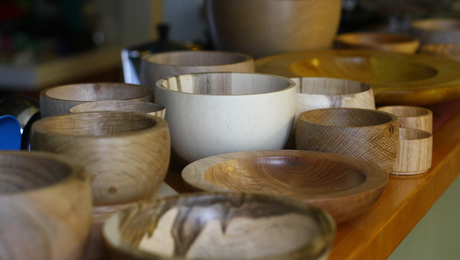
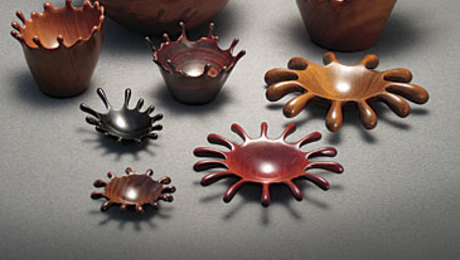
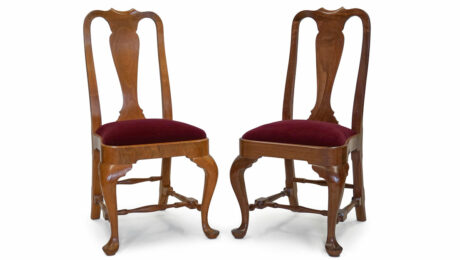


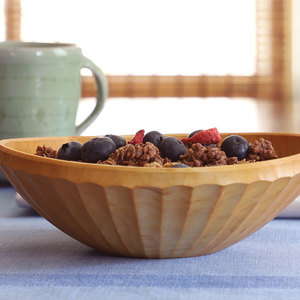
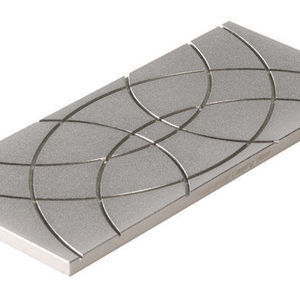















Log in or create an account to post a comment.
Sign up Log in